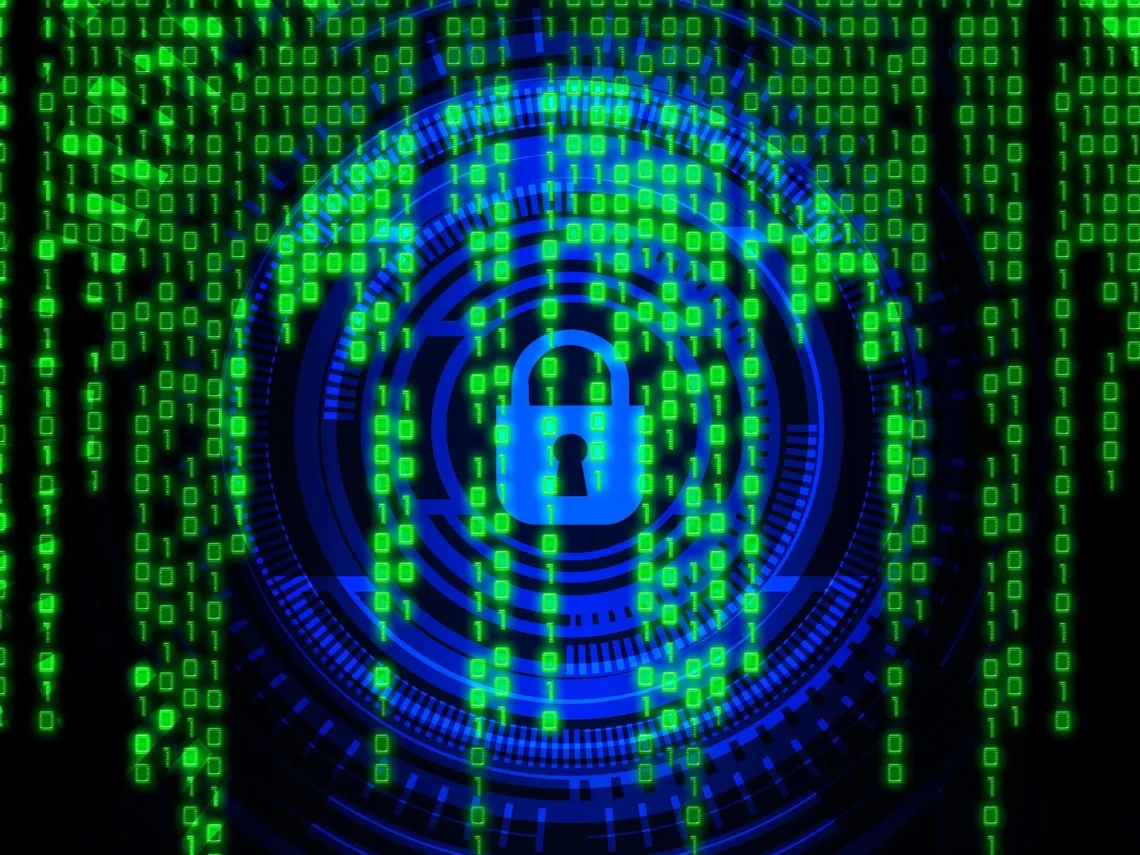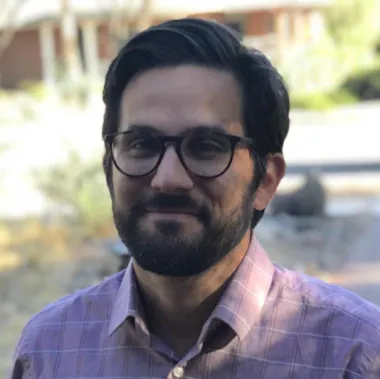How is the COVID-19 Emergency Eroding Privacy?
David Sidi, a doctoral candidate in the School of Information whose research focuses on privacy technologies, discusses possible consequences that the COVID-10 pandemic brings for the future of privacy and surveillance.

Image by Peter Linforth from Pixabay
Q: What is your broad perspective on how privacy should be considered during the current COVID-19 crisis?
This is an important time: the decisions made now will affect us for years into the future, far beyond the reach of the current crisis. Privacy will be a central part of the long-term legacy of COVID-19, so we should think carefully about the technologies and policies that are being proposed. We should learn from past experiences such as the “USA Patriot Act”, that even extreme changes in surveillance powers are unlikely to be as temporary as they are promised to be.
Q: What do you think about recent proposals for contact tracing apps to mitigate the spread of COVID-19?

Contact tracing apps use the sensors in people’s phones to record when they are close to other people, and then combine this information with records of who has tested positive for COVID-19. This is an example of treating a problem arising in a complicated context as if it were a technical problem we could just nerd our way out of – but even the nerd merits of this are bad. For example, the sensors in the apps I’ve seen are Bluetooth Low-Energy (BLE), or BLE combined with GPS, which are accurate to about one meter, and which detect close contact even when a wall or a car door separates the phones. There is also the issue of intentional abuse: given that the data is to be collected anonymously, anyone with an interest in influencing a population’s response to the crisis could do so via the app. In addition to the technical problems with these apps, there are broader policy issues. How will you ensure people use the app? Will they be forced? Will installing them be a condition of employment, placing more pressure on people with less money? How will you prevent handle claims of inaccuracy, or abuse? Who will store the data, in which countries, and for how long? What will be the legal standard for law enforcement access to the data? There are many difficult questions that arise even after we are able to address the technical problem of getting a contact tracing app to work.
Q: What other problems do you see arising from the current self-isolation orders in the US?
I’ll limit myself to one problem that has received only scant attention, which is the connection between self-isolation orders and the principle of isolation used in computer privacy and security. A good example of isolation in the second sense is found in SecureDrop, which is an anonymous, secure system for sharing files. Reuters, Propublica, The New York Times, The Guardian, among others, use SecureDrop for tip submission. One aspect of SecureDrop is the secure viewing station, which allows the recipient to view submitted files. The secure viewing station is an isolated, “air-gapped” machine: it is not connected to any network, so it must be used by a person who is physically present. Self-isolation prevents journalists and others using SecureDrop from viewing submissions on the secure viewing station, so they may be unable to accept submissions. One proposal to address this problem is to connect the secure viewing station to a network for remote access. That is difficult to do right, and even in the best circumstances it would be less secure than an air-gapped machine. Considering that some of these systems are targeted by state actors with vast resources, this is an underappreciated worry.
##
"How is the COVID-19 Emergency Eroding Privacy" was originally published in June 2020 issue of the School of Information's i-Bytes newsletter.
SBSRI Grant
David Sidi, a doctoral candidate in the School of Information, recently won a grant from SBSRI for hardware supplies to be used in a study of notification and perceptually-capable video systems. David was motivated to do the study when thinking through the significance of a new, competitive market for cloud providers of sophisticated computer vision as a service. He thinks perceptual-capability will become widely adopted in video, outpacing expectations developed when video systems demanded manual review of recordings, and rolling erasure. “The study lets us explore the effect of different kinds of precise notification in making privacy salient when “smart” video is present. The batteries power transmitters that are part of a real time locating system used, allow us to very precisely track location in indoor areas where special receivers are installed.”

